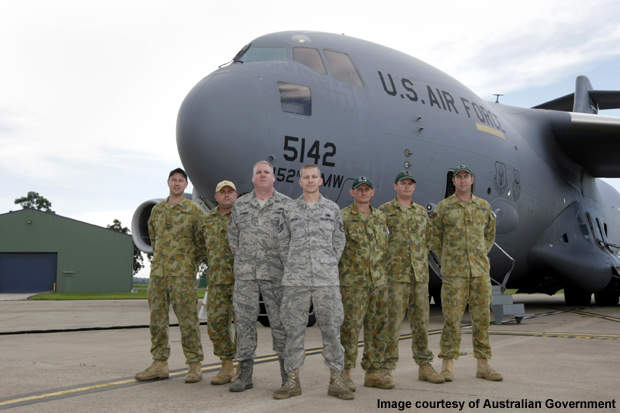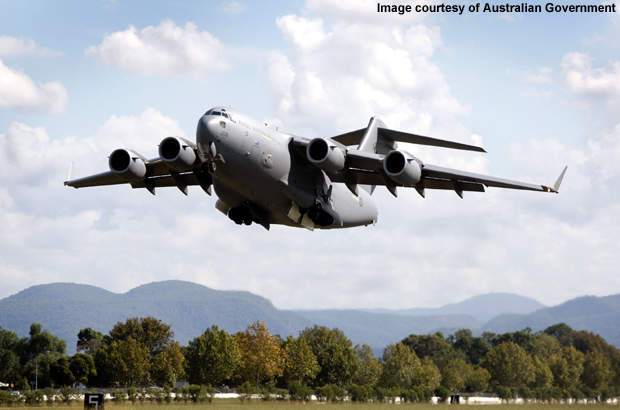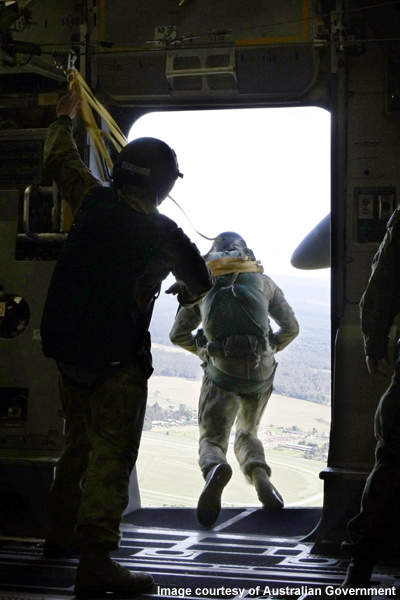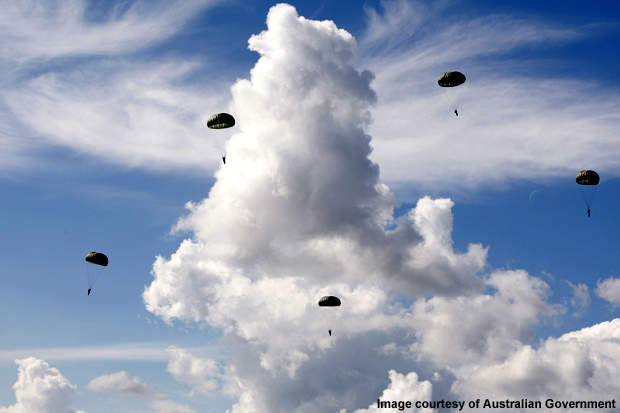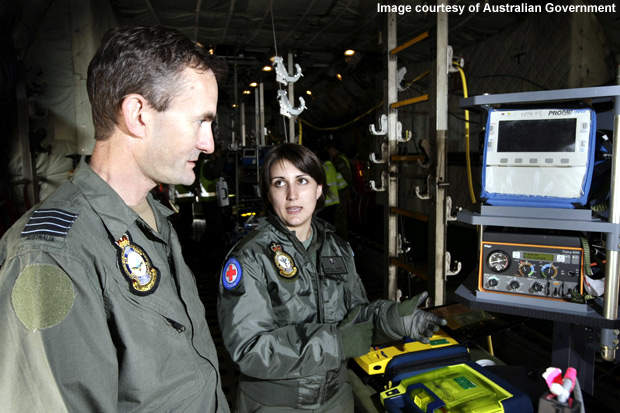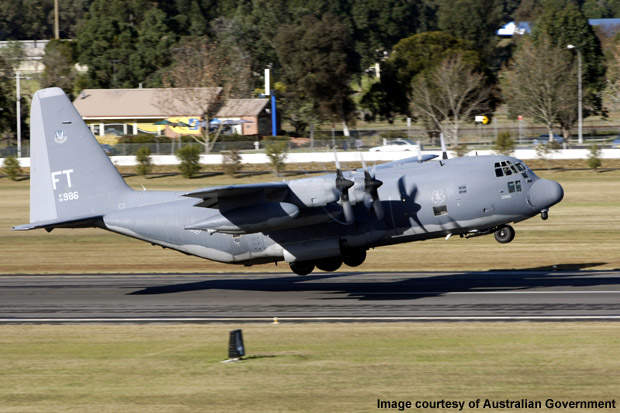The Royal Australian Air Force (RAAF) Richmond base is located 50km north-west of Sydney between the towns of Windsor and Richmond. Built on a 270ha site, the base opened in June 1925. It is the second oldest air force base in Australia and served as the supplementary airport for people living in the vicinity from 1923 to 1936. It is currently used as a main military base and endorses the air lift capabilities for the Australian Defence Forces (ADF).
The Richmond base can handle long-haul aircraft and low-cost jetliners, including those of Jetstar and Tiger Airways. The base is a hub for C130J and C130H medium transport aircraft, which perform troop transport, parachuting, airdrop stores, search and rescue, disaster relief and medical evacuation operations.
The Department of Defence (DoD) unveiled its decision in 1998 that the renovation of the RAAF base would begin before 2010.
RAAF Richmond base history
Owned by the Richmond State Government, the military flying school was established in August 1916. The base was developed on the 270ha site of the school. The No. 3 Squadron was the first to migrate to the base in July 1925 and commence operations. Four flying squadrons (3, 6, 9 and 22) were transferred to the Richmond base along with the No. 2 aircraft depot during the outbreak of World War II in 1935.
The No. 8 and 11 squadrons were formed at the base in September 1939. The Air Lift Group was later situated at the base in February 1987.
Since World War II, the base has been serving as a combat centre for the ADF. The repainting of Qantas Airways and Jetstar aircraft is also executed at the base.
A $35m reinvestment project was proposed to the Government of Australia in August 2003. The project was intended to support the airlift capabilities of the Richmond base. Upon approval of the project by the government, the 36th and 37th Squadron headquarters building was constructed.
Other works involved in the reinvestment project included building the 33rd Squadron hangar, ablution facilities, and the 36th and 37th Squadron hangars. The upgradation of high-voltage reticulation and stormwater management facilities were also part of the project.
RAAF base design
The headquarters building of the 36th and 37th Squadron is located in the northern side of RAAF Richmond base. It was designed at a cost of $12.6m as part of the reinvestment project. Work on the project included the construction of two two-level buildings, a single-storey building comprising a plant room and stores, car parking and landscaping. The entire building occupies a 4,200m² area, while the total floor area is 2,582m².
The building was designed by Bovis Land and Lease, Rudds Consulting Engineers, Hughes Truman and Arup, while Bligh Voller Nield was the architect. The first floor and roof were designed with concrete slab and light-weight hollow core precast concrete panels. The front of the building features aluminium windows and shop fronts.
The parking has been designed to accommodate about 110 vehicles. The electrical, hydraulic and mechanical plant installed in the building offers maximum energy, more water and maximum emissions to meet the quality standards of the GREEN STAR environmental rating system. The project has won the New South Wales (NSW) and the National MBA Award for energy efficiency.
The construction commenced in October 2004 and was completed in the last quarter of 2005. Baulderstone Hornibrook was the main contractor and Carson Group provided the project management services.
Richmond RAAF garrison facilities
The base serves as the headquarters for the Air Lift Group (ALP). It also houses No. 84 Wing (air-to-air refuelling), No. 86, No. 37 (transport), No.44 (air traffic control), No. 1 (combat communication), No. 22 (air force reserve), No. 87 (photography), No. 285 (flight simulator) and No. 3 (combat support hospital) wings.
ALP executes command, transport, operations, maintenance, training, and logistic support. It can also perform airborne operations, VIP transport, aeromedical evacuation and training.
The No. 84 Wing is primarily used for performing aircraft movements, air-to-air refuelling, training and ground services. It comprises two air transport squadrons (No. 33 and No. 34) and two training units.
The No. 86 Wing has three squadrons (No. 36, No. 37 and No. 38). It is used for light, medium and heavy airlift operations as well as for military transport. The military troops can be transferred to different locations using Hercules medium transport aircraft.
The No. 44 wing provides air traffic control (ATC) services throughout Australia. It controls the 11 ATC stations across Australia. This wing endorses the ATC technical ground electronic services (GES) to the base. It also controls the radars of the army, navy and air force. The ATC station monitors aircraft in the air and alerts the base when an enemy’s aircraft flies in the skies of Australia.
Richmond base air facilities
The Richmond base can accommodate the Hercules medium transport aircraft for carrying military troops. It features a single 2,134m runway, which is surfaced with asphalt material.
Other facilities
The base provides accommodation, ablutions, change rooms and a secure storage area to its staff. A conference and briefing room, aircraft engine run up, Boeing 707 and C130 simulator and mobile hospital storage facilities are also available at the base.

